Table of Contents
The pillars of edtech content and effective learning are built on education technology, referring to the use of software and hardware to enhance learning outcomes in the classroom. With the rise of technology in recent years, edtech has become an increasingly important part of the education landscape. However, not all edtech content is created equal. In this article, we will explore the five critical pillars of edtech content and what you should look for when evaluating educational technology.

Related Posts:
1. Content Creation
Creating high-quality content is essential for any successful edtech platform. In this section, we will discuss two important aspects of content creation: multimedia resources and interactive elements.
Multimedia Resources
Multimedia resources present some of the essential pillars of tech content. They help to engage learners and make the learning process more enjoyable. Multimedia resources can include images, videos, animations, and audio files. When creating multimedia resources, it’s important to ensure that they are relevant, high-quality, and accessible to all learners.
Images are a great way to enhance the visual appeal of your content. They can be used to illustrate key concepts, provide examples, or simply break up large blocks of text. When using images, make sure they are clear, relevant, and of high quality.
Videos are another effective way to engage learners. They can be used to demonstrate a process, provide a real-world example, or simply explain a concept in more detail. When creating videos, make sure they are concise, clear, and of high quality.
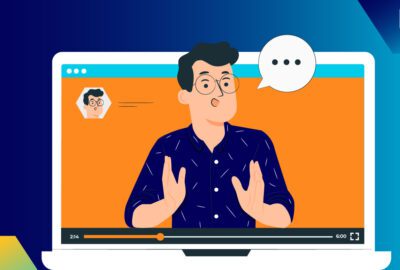
Animations are a great way to explain complex concepts in a simple and engaging way. They can be used to show how things work, demonstrate cause and effect, or simply make the learning process more fun. When creating animations, make sure they are relevant, clear, and easy to understand.
Interactive Elements
Interactive elements are another important aspect of edtech content. They help to keep learners engaged and provide opportunities for active learning. Interactive elements can include quizzes, games, simulations, and other activities. When creating interactive elements, it’s important to ensure that they are relevant, engaging, and aligned with the learning objectives.
Quizzes are a great way to test learners’ understanding of key concepts. They can be used to reinforce learning, provide feedback, or simply assess progress. When creating quizzes, make sure they are relevant, challenging, and aligned with the learning objectives.
Games are another effective way to engage learners. They can be used to reinforce learning, provide a fun way to practice skills, or simply make the learning process more enjoyable. When creating games, make sure they are relevant, challenging, and aligned with the learning objectives.
Simulations are also a great approach to providing learners with a realistic and immersive learning experience. They can be used to simulate real-world scenarios, provide opportunities for problem-solving, or simply make the learning process more engaging. When creating simulations, make sure they are relevant, realistic, and aligned with the learning objectives.
Content Management

Effective content management is crucial for successful implementation of educational technology. It involves creating, organizing, and delivering digital content to students and teachers. In this section, we will discuss two important aspects of content management: Learning Management Systems and Content Curation.
Learning Management Systems
A Learning Management System (LMS) is a software application that enables the creation, delivery, and management of educational content. LMSs provide a centralized platform for teachers to manage their courses, create and deliver content, and track student progress. They also offer various features such as discussion forums, quizzes, and grading systems.
LMSs can be used in both traditional and online classrooms, making them a versatile tool for educators. They provide a way to deliver content in a structured and organized manner, making it easier for students to access and engage with course materials. Some popular LMSs include Canvas, Blackboard, and Moodle.
Content Curation
Content curation involves the selection, organization, and presentation of digital content from various sources. It is an important aspect of content management as it enables educators to provide students with relevant and engaging materials. Content curation can be done manually or through the use of tools such as RSS feeds and social media.
Effective content curation requires careful consideration of the learning objectives and the needs of the students. It also involves the evaluation of sources to ensure that they are reliable and accurate. By curating high-quality content, educators can enhance the learning experience and provide students with a more personalized approach to education.
Content Delivery
When it comes to edtech, content delivery plays a crucial role in ensuring that students receive the best learning experience possible. In this section, we will explore two important aspects of content delivery: adaptive learning and e-learning platforms.
Adaptive Learning
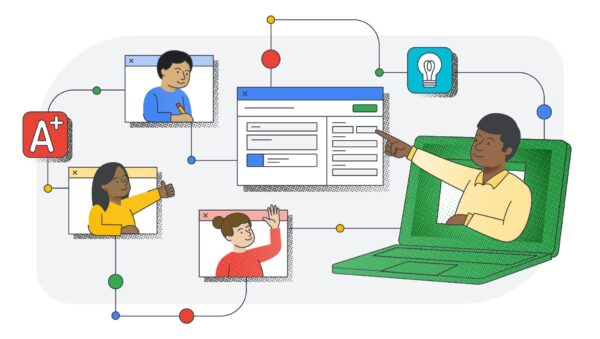
Adaptive learning is a teaching method that uses technology to personalize the learning experience for each student. The goal is to provide students with the right content at the right time and in the right format. This approach allows students to learn at their own pace and in a way that suits their individual learning style.
One of the key benefits of adaptive learning is that it can help students stay engaged and motivated. By providing personalized content, students are more likely to stay interested in the material and feel a sense of accomplishment as they progress through the course.
E-Learning Platforms
E-learning platforms are online tools that provide students with access to course materials, quizzes, and other learning resources. These platforms can be used to supplement traditional classroom learning or as a standalone method of education.
One of the key benefits of e-learning platforms is that they provide students with access to a vast array of learning materials. This can include videos, interactive quizzes, and other resources that can help to reinforce key concepts. Additionally, e-learning platforms can be accessed from anywhere with an internet connection, which makes them an ideal option for students who are unable to attend traditional classes.
Assessment and Feedback
Assessment and feedback are integral components of any effective educational program. In the context of edtech, these pillars are essential for ensuring that learners are receiving a high-quality education that is tailored to their individual needs and abilities.
Automated Grading
Automated grading is a powerful tool that can help educators save time and effort while providing learners with timely feedback on their work. By leveraging machine learning algorithms and other advanced technologies, automated grading systems can quickly and accurately assess student work, providing detailed feedback on areas where learners need improvement.
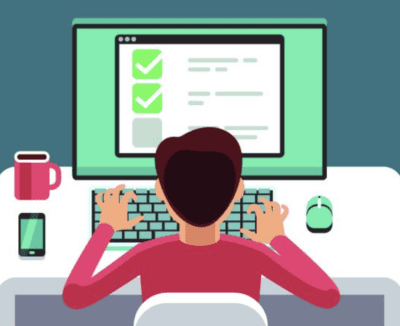
One of the key benefits of automated grading is that it can help to reduce the workload of educators, allowing them to focus on other important tasks such as lesson planning and curriculum development. Additionally, automated grading can provide learners with immediate feedback, which can be critical for helping them to stay engaged and motivated.
Peer Review Systems
Peer review systems are another important component of edtech assessment and feedback. By allowing learners to review and provide feedback on each other’s work, peer review systems can help to foster a sense of collaboration and community within the classroom.
A critical benefit of peer review systems is that they can help learners to develop critical thinking and analytical skills. By reviewing and providing feedback on their peers’ work, learners can gain a deeper understanding of the subject matter and develop a more nuanced perspective on the material.
In addition to these benefits, peer review systems can also help to reduce the workload of educators, as learners take on a more active role in assessing and providing feedback on each other’s work. This can help to create a more collaborative and engaged learning environment, which can have a positive impact on student outcomes.
Collaboration and Communication
Effective collaboration and communication are pillars of edtech content and the foundation for success in the world of educational technology. With the right tools and strategies, educators and students can work together to achieve their goals and enhance their learning experience.
Discussion Forums
Discussion forums are a popular way for students and educators to collaborate and communicate online. These forums provide a platform for students to share their thoughts and ideas, ask questions, and engage in meaningful discussions with their peers and instructors.

To make the most of discussion forums, it’s important to establish clear guidelines and expectations for participation. Encourage students to be respectful and constructive in their comments, and provide prompts or discussion topics to keep the conversation focused and productive.
Virtual Classrooms
Virtual classrooms are another powerful tool for collaboration and communication in edtech. These online spaces allow educators and students to connect in real time, regardless of their physical location.
In a virtual classroom, instructors can deliver lectures, facilitate discussions, and provide feedback to students in real time. Students can also interact with each other through chat rooms, video conferencing, and other collaborative tools.
To make virtual classrooms effective, it’s important to establish clear expectations and guidelines for participation. Encourage students to be active and engaged in the discussion, and provide opportunities for them to collaborate and work together on projects and assignments.
Overall, effective collaboration and communication are essential pillars of edtech content. By leveraging the right tools and strategies, educators and students can work together to achieve their goals and enhance their learning experience.
Accessibility and Inclusivity
Among the many pillars of edtech content, ensuring accessibility and inclusivity is crucial to providing equitable learning experiences for all students. As an educator, you have a responsibility to ensure that your content is accessible and inclusive for all students, regardless of their abilities.
Assistive Technologies
Assistive technologies are tools and resources that help students with disabilities to access and engage with edtech content. Some examples of assistive technologies include screen readers, speech recognition software, and alternative input devices.
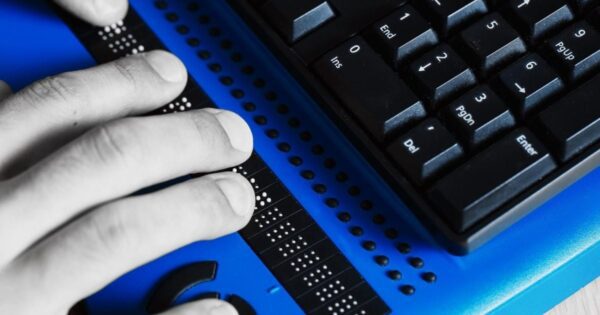
When creating edtech content, it is important to consider the needs of students who use assistive technologies. This may include providing alternative text for images, using clear and concise language, and ensuring that your content is compatible with assistive technologies.
Universal Design for Learning
Universal Design for Learning (UDL) is a framework that emphasizes the importance of designing content that is accessible and inclusive for all students. UDL encourages educators to create flexible learning environments that can be customized to meet the needs of individual students.
When applying UDL principles to edtech content, you should consider the needs of all students, including those with disabilities, English language learners, and students from diverse cultural backgrounds. This may include providing multiple means of representation, action and expression, and engagement to ensure that all students can access and engage with your content.
By prioritizing accessibility and inclusivity in your edtech content, you can create equitable learning experiences for all students and help to ensure that every student has the opportunity to succeed.
Data Privacy and Security
When it comes to edtech content, data privacy and security are crucial considerations. You want to ensure that your personal information and data are kept safe and secure. Edtech companies must comply with relevant laws and regulations, such as the General Data Protection Regulation (GDPR), to ensure that your data is kept safe.
Edtech companies should have robust data protection policies in place, which should be easily accessible to users. Additionally, they should use encryption to protect data in transit and at rest. They should also have regular security audits to ensure that their systems are secure and up-to-date.
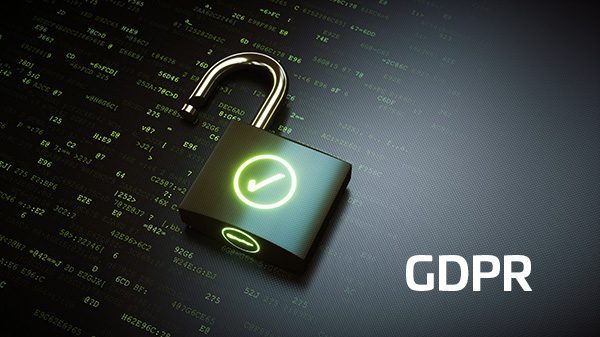
It’s important to note that data privacy and security is a shared responsibility. As a user, you should also take steps to protect your data. This includes creating strong passwords, not sharing personal information online, and being cautious when clicking on links or downloading files.
Data privacy and security is one of the critical pillars of edtech content. Edtech companies must take steps to ensure that user data is kept safe and secure. Users must also take responsibility for protecting their data.
Future Trends and Innovations
As technology continues to advance, the future of edtech content is constantly evolving. Here are a few trends and innovations to keep an eye on:
- Personalized Learning: With the help of AI and machine learning, edtech platforms are becoming more personalized than ever before. These platforms can analyze a student’s learning style and provide customized content and feedback to help them learn more effectively.
- Virtual and Augmented Reality: Virtual and augmented reality technologies are becoming more prevalent in the classroom. These technologies can provide immersive learning experiences that make it easier for students to understand complex concepts.
- Gamification: Gamification is a technique that uses game design elements in non-game contexts to make learning more engaging and fun. Edtech platforms are increasingly incorporating gamification into their content to help students stay motivated and improve their learning outcomes.
- Mobile Learning: With the rise of smartphones and tablets, mobile learning has become more popular than ever before. Edtech platforms are developing mobile-friendly content that can be accessed from anywhere, at any time.







